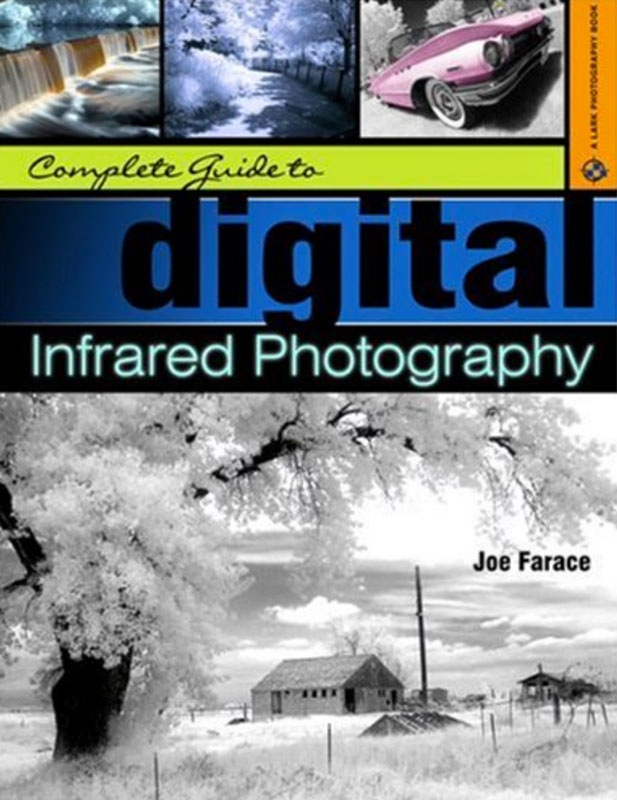Today’s Post by Joe Farace
Everybody needs a hobby, and in my case, one of mine is that I like to photograph barns. As the Colorado landscape becomes ever more urbanized I’ve been forced out onto the eastern prairie in search of old farm structures. But if you keep your eyes open you can find one like the below (that’s, alas, now torn down) but are closer to home.
If this avocation sounds interesting to you, here’s my personal rules for photographing barns or any other structure that may, sometimes, be located on private property. Please keep in my that these are my rules for me and treat them as suggestions for your own photography.

How I made this photo: This barn was located not far from my former home near Brighton CO. The RAW file was shot using a LifePixel IR-converted Canon EOS 30D and Tamron AF 11-18mm f/4.5-5.6 Di-II (at 11mm) with an exposure of 1/125 sec at f/16 and ISO 800. The RAW file was processed in Silver Efex Pro, toned in PhotoKit 2 and then enhanced in Color Efex Pro.
- Always ask permission. To paraphrase Carly Simon, “You walked into the party like you were walking onto a yacht,” Don’t walk onto someone’s land as if you owned it. Instead, look out for No Trespassing signs and honor them if you find them. I used to keep prints of my barn photographs in my car to show people what I was doing, thinking that if they understood what my photos looked like they would be more accommodating. Sometimes that worked, sometimes it didn’t. Now I keep images on an iPad. They’re more portable and don’t get wrinkled.
- Follow the press photographers adage of “f/8 and be there” and keep a camera in your car as you drive around your area. I missed a cool shot this morning because I didn’t have a camera with me and I wasn’t going to use a cell phone for reasons…
- Select a smaller lens aperture to produce the greatest depth-of-field remembering that diffraction can be a problem. Diffraction is the bending of light as it passes around the edge of an object and depends on the size of the wavelength of light to the size of the lens aperture. In photographing barns in infrared, I tend to shoot at the smallest possible aperture, preferring f/16 or smaller but that’s just me and I don’t know the technical details of how diffraction affects photography with infrared light.. And don’t forget that the total area of focus is one-third in front of the object and two-thirds behind to get all of the important details in clear detail.
- I always try to use the lowest possible ISO setting but that’s not always possible if you’re hand holding a shot, IBIS notwithstanding. Low ISO’s can produce slow shutter speeds but using a tripod slows the pace of your photography and lets you make sure the image’s composition is exactly what you want before clicking the shutter. Tip: Before snapping the shutter look at each corner of the frame. This eliminates unpleasant surprises—stuff that seemed to come of out nowhere to ruin an image
 Life Pixel does a great job with IR conversions and they have done all of conversions for my Canon DSLRs as well as Panasonic Lumix G-series cameras.
Life Pixel does a great job with IR conversions and they have done all of conversions for my Canon DSLRs as well as Panasonic Lumix G-series cameras.
My book, The Complete Guide to Digital Infrared Photography is available from Amazon for with new copies available for $20 and used copies starting around seven bucks, as I write this. Creative Digital Monochrome Effects has a chapter on IR photography and is available from Amazon with new copies at $26.25 with used copies starting at a less than two bucks, as I write this.